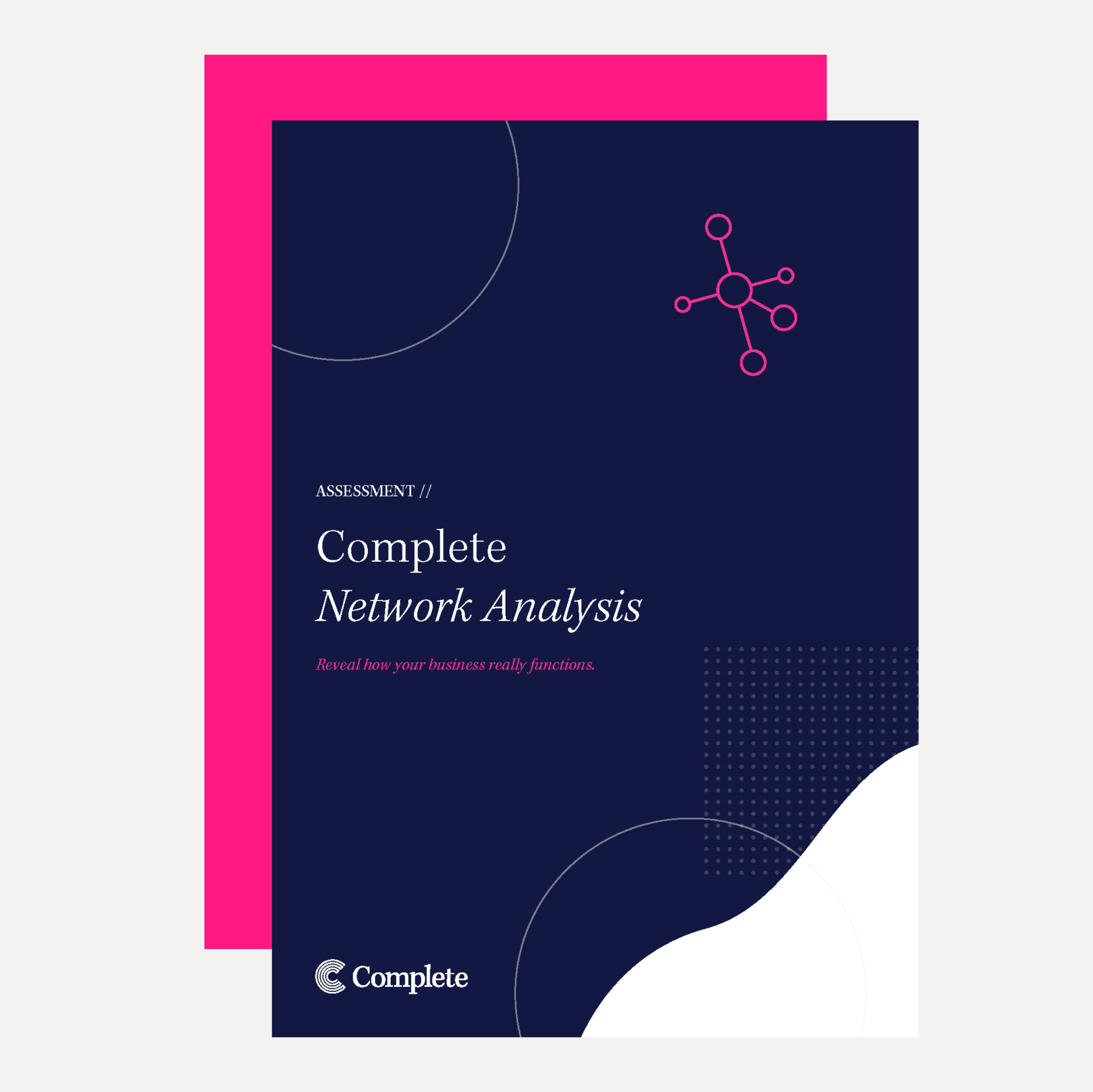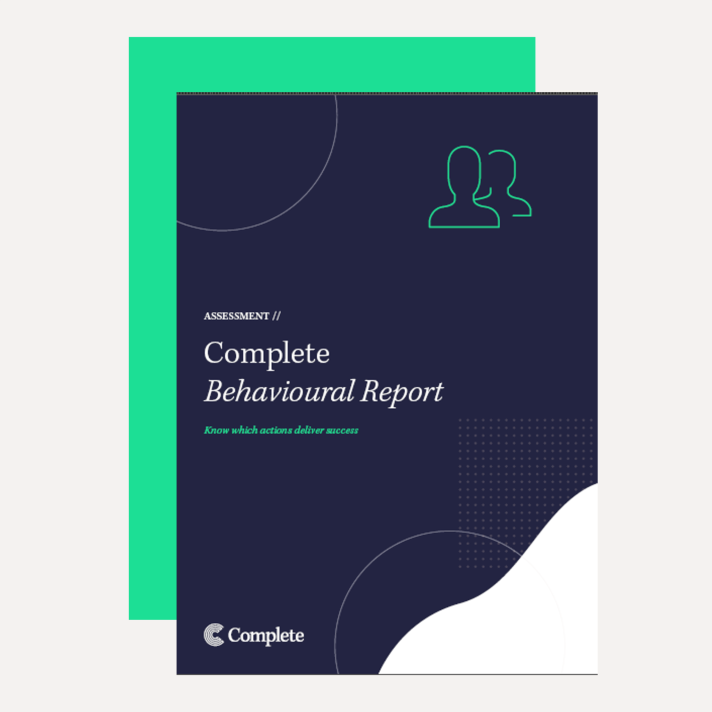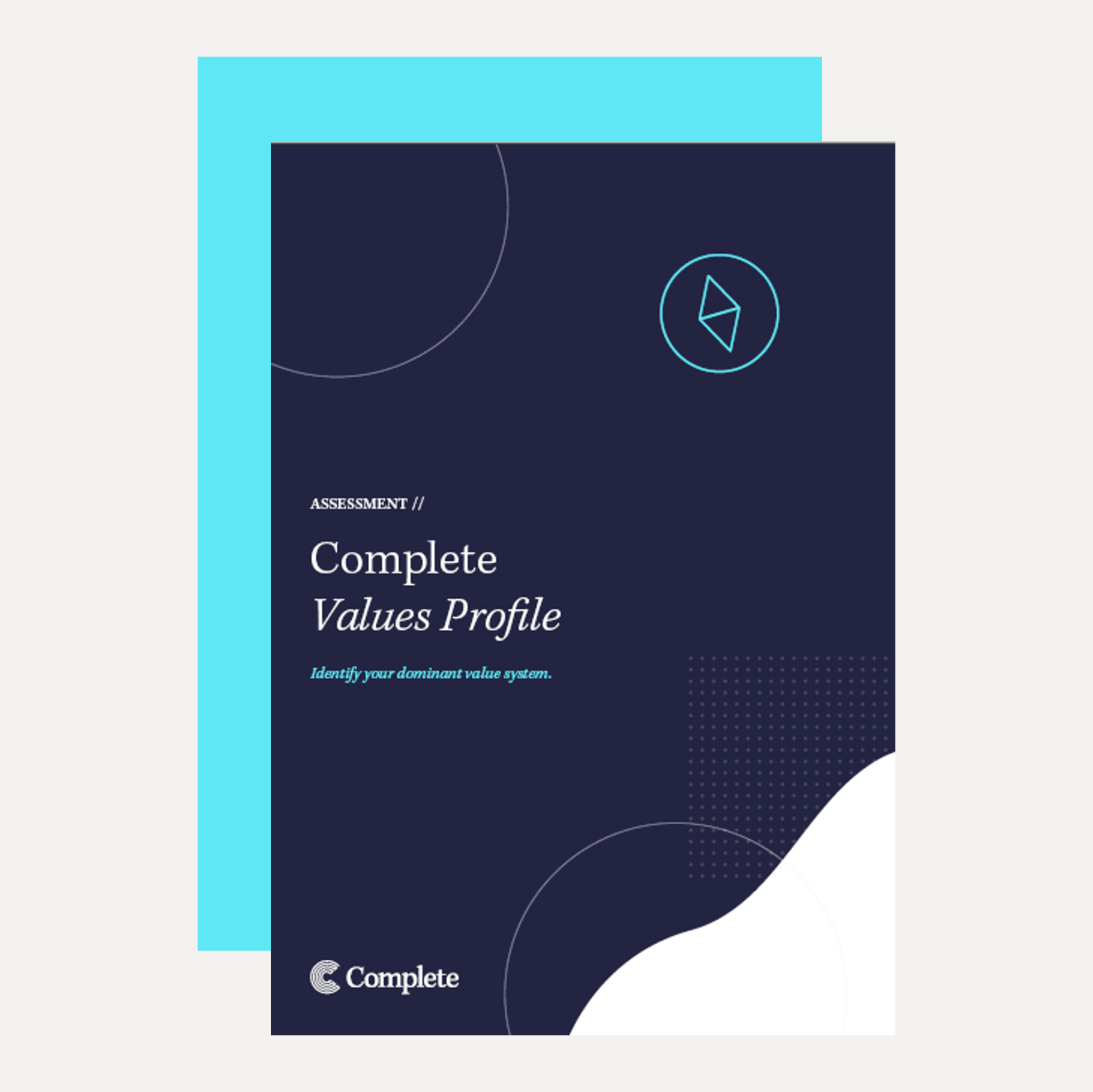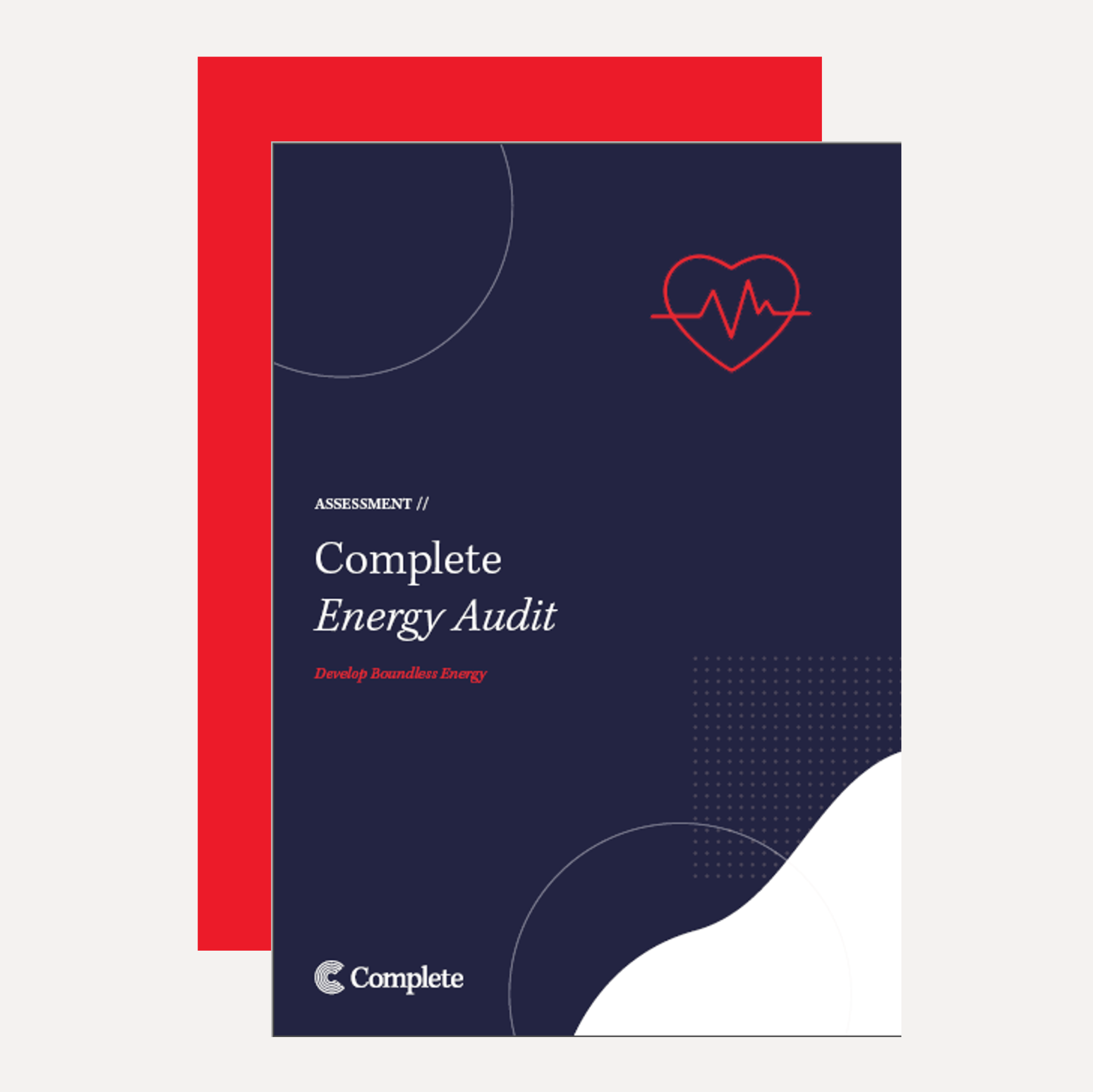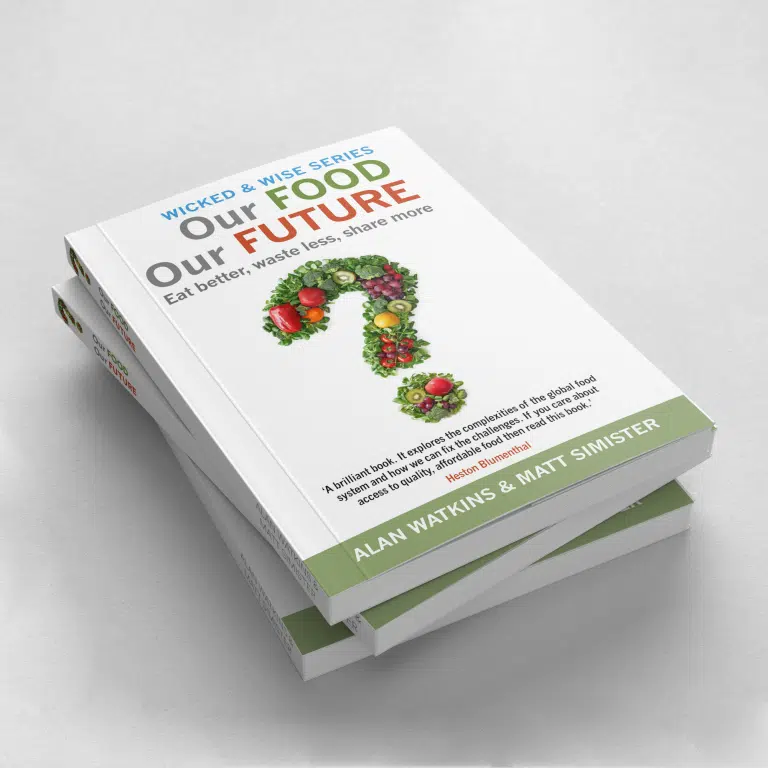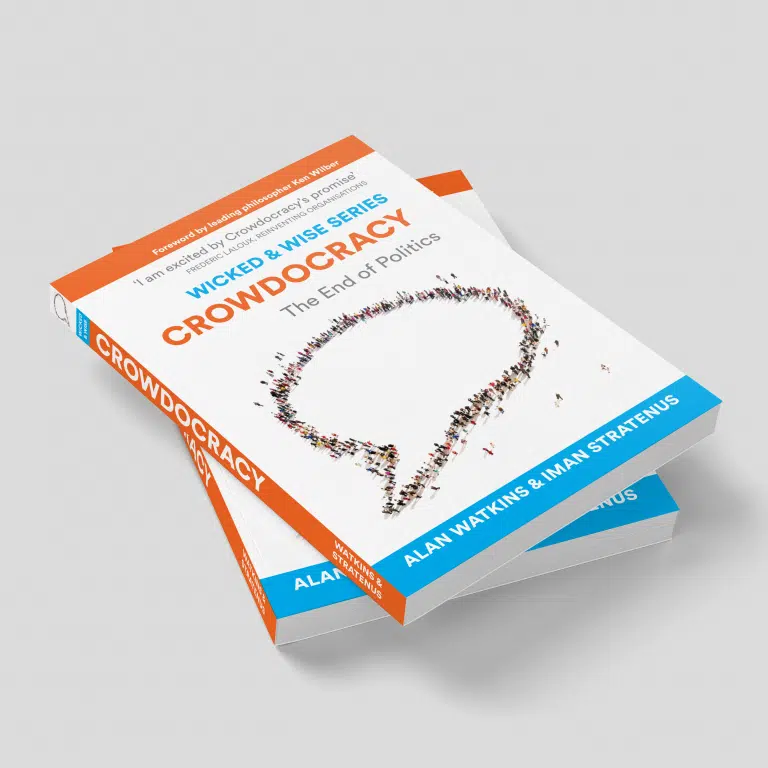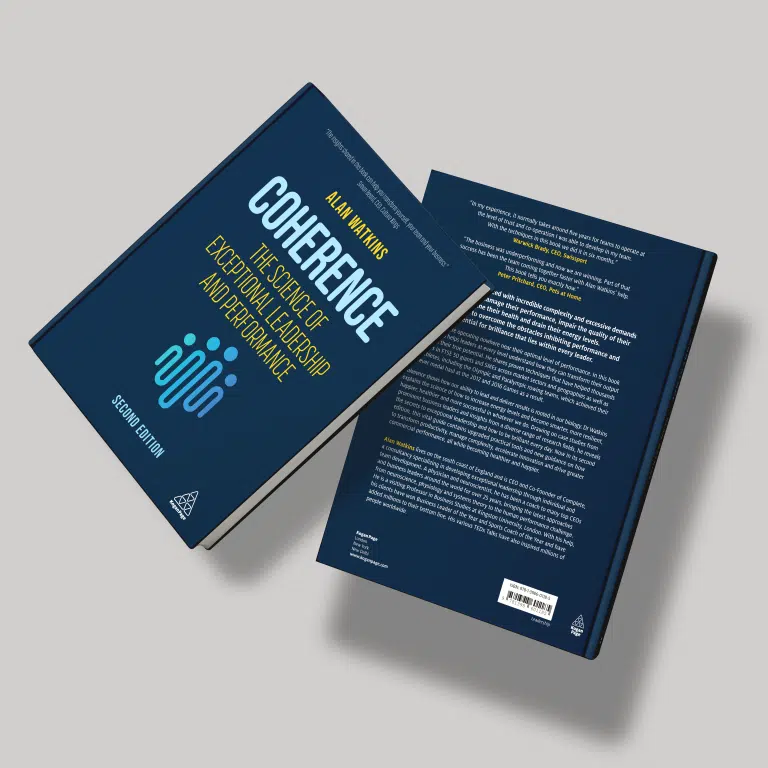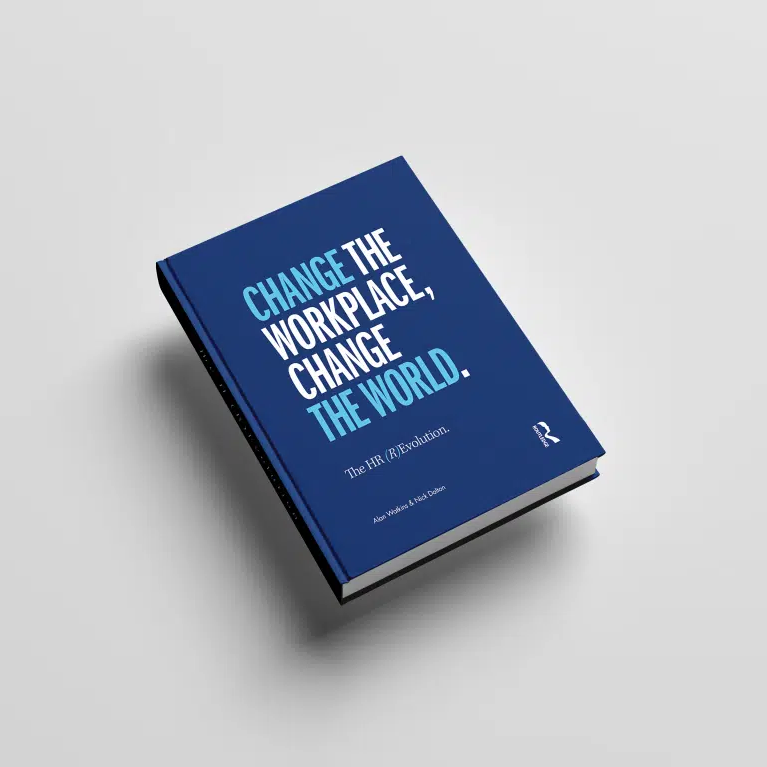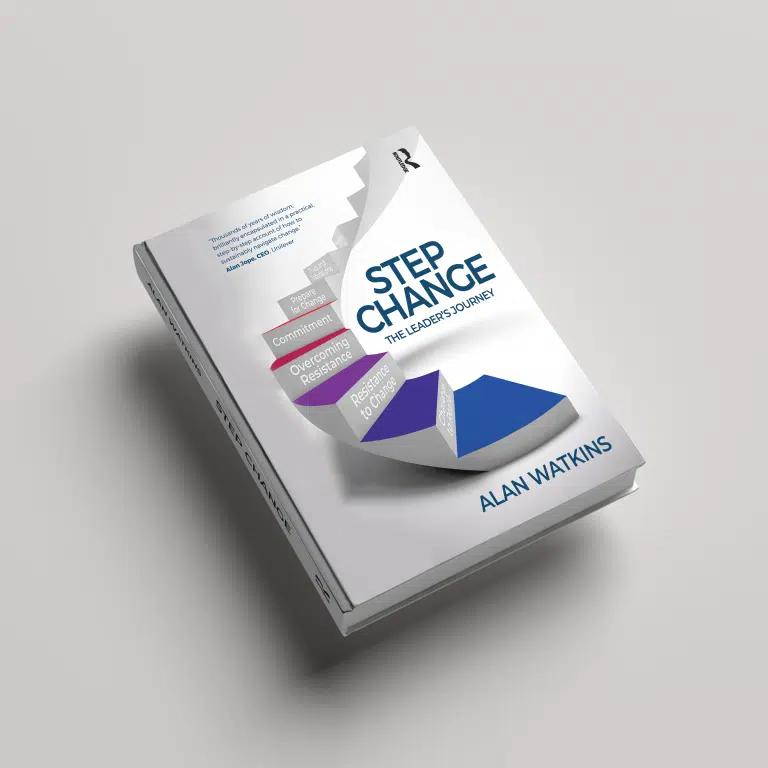Strictly speaking, rewilding is about letting nature take care of itself. It’s a progressive approach to conservation that aims to restore and protect the natural processes and wilderness areas.
However, at Complete, we believe the principles of rewilding can successfully be applied to organisations. In fact, we run our company on the environmental theory of rewilding.
Here are the key principles we follow:
Observe and interact
Organisational systems are complex, they require us to watch with humility. This is not about command and control, but about observing and interacting. We spend too much time in organisations trying to predict the future – the three-year plan, the six-month budget – and most of the time we get it completely wrong. What you can do instead is teach the system to have greater sensory response. It makes the organisation more agile and able to pivot quickly if things aren’t going well or if there is a new opportunity to take advantage of.
You can still set a general course direction, but within that you’ll have a series of variables that you can dial up or down.
Manage energy to avoid waste
Human beings waste energy on negative emotions. Each of us can learn to self-regulate to better store our energy, so it’s there when we need it. If everyone in an organisation has better energy management, that business can get more done without exhausting its people. When people lack energy, they have low motivation and morale, and that impacts performance. In addition to supporting individuals with their own energy management, look at what motivates people – their value system – to ensure you’re not wasting their energy.
Aim for sustainable yields
It’s hard to manage peaks and troughs in business, what we want is consistent, steady growth. This is about maintaining momentum and it helps if you have managed your energy (see above). In business terms, continuous improvement, or what we call TAU (transformation as usual), enables us to sustain our yields. This is not about managing but about living with transformation to enable you to change as your environment changes.
Track performance
Transforming in the right way, requires constant feedback. This is related to observe and interact (first point above). Feedback relies on the right metrics. There are thousands of things you could track in an organisation, but you need to focus on the metrics that directly influence your decisions. For example, of all the financial measures you could track, what is most informative of how the business actually works? For example, we work with some companies who have a daily P&L, so they can see make swift adjustments if they need to, without having to wait to the end of the quarter or even the end of the financial year.
Maximise your sustainable resources
For the vast majority or organisations, people are the primary sustainable resource. We’ve already talked about how individuals can manage their emotions to conserve energy and how understanding each other’s values helps us tap into motivation. But there is something more, and that’s our purpose. Knowing why you’re here and how that relates to your team, department and organisation is essential to maximise your people resource. When people know understand their purpose and how that supports the organisation’s mission, they can keep going, even when it’s tough. They are not deterred by setbacks. Fundamentally, this is about investing in the development of people as your sustainable resource. It’s about becoming a DDO (deliberately development organisation).
Design from patterns
Exploring the patterns in your organisation helps you design processes that are based on a reality. Organisational Network Analysis (ONA) looks at how work gets done. It identifies the connections operationally, strategically, and culturally that are not visible on a traditional org’ chart. The patterns revealed in network analysis can inform the detail of your design decisions. In the same way, in traditional rewilding nature does not follow an org chart, a river finds its own flow and rewilding goes where nature takes it.
Integrate don’t segregate
Rewilding is about thriving together. In an organisational context, this is about harnessing the benefits of diversity. We’re not talking about outer diversity such as gender and race, what really matters are diverse points of view, or inner diversity. Some people call this neurodiversity. Inner diversity concerns our values, beliefs, morality, style, education and knowledge base. Wiser decisions come from diversity because you have richer views at the table. Key to harnessing that inner diversity is dealing with difference. We don’t want to flush out diversity, you need to weave together varied perspectives. That means integration, not averaging out or segregating perspectives.
Implement small and slow solutions
People stop changing if they think it takes a lot of effort. It’s better to aim for small changes every day. Together, over time, these make for big improvements. In rewilding terms, this is about moving at nature’s pace. Allowing enough space for nature to drive the changes and shape the ecosystem.
Fossick at the edges
Fossicking is a term from the mining industry. It means to sift through things to find the ‘precious’ thing you’re looking for. In an organisational setting, fossicking needs to take place at the edge of a complex system where there is turbulence. Go to the edge and see what’s bubbling up there. The frontier, rather than the core, is where you’ll develop new ideas. We need to have the courage to go to the margins – to leave the head office – and uncover something fresh.
Those are the principles that we’ve taken from rewilding and applied to the way we run Complete. We believe it makes for happier people and more successful organisations.













